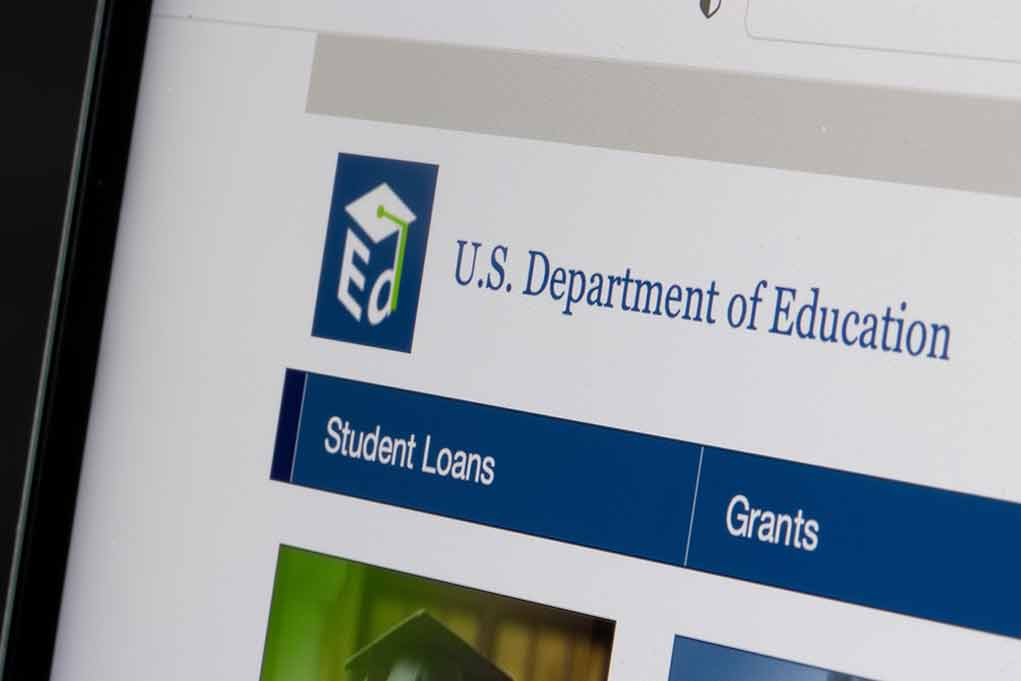
The US Department of Education will resume involuntary collections on defaulted federal student loans starting May 5, affecting over five million borrowers who haven’t made payments in at least 270 days.
Key Takeaways
- Involuntary collections on defaulted federal student loans will resume May 5, ending a pause that began March 2020.
- Over 5 million borrowers are currently in default, with an additional 4 million in “late-stage delinquency.”
- The Treasury Offset Program will intercept tax refunds, Social Security benefits, and other federal payments to collect outstanding debts.
- Education Secretary Linda McMahon stated taxpayers will “no longer be forced to serve as collateral for irresponsible student loan policies.”
- Defaulted borrowers can contact the Default Resolution Group to make payments, enroll in income-driven repayment plans, or sign up for loan rehabilitation.
Loan Collection Program Resumes After Long Pause
After a five-year suspension, the federal government will restart its collection efforts on defaulted student loans beginning May 5. The Department of Education announced the resumption of the Treasury Offset Program, which allows the government to intercept tax refunds, Social Security benefits, federal salaries, and other government payments to collect outstanding debts. Wage garnishment for defaulted borrowers is expected to begin later this summer, adding another collection mechanism for recovering unpaid student loans.
The collections pause initially began in March 2020 under President Donald Trump’s administration as part of larger relief measures. Federal student loans are considered in default when no payment has been made for 270 days. According to the Department of Education, approximately 5.3 million borrowers are currently in default on their federal student loans, with projections suggesting this number could potentially rise to 10 million as more borrowers struggle with repayment.
Department of Education Explains Collection Restart
Education Secretary Linda McMahon has explained the decision to resume collections, criticizing the previous administration’s approach to student loan policy. In a statement explaining the restart of collections, McMahon emphasized the need to protect taxpayers from bearing the burden of unpaid student loans. The Department noted that guaranty agencies will also be authorized to begin involuntary collection activities on loans they service, expanding the reach of debt recovery efforts.
The Department of Education also criticized the Biden administration’s handling of student loan policies, stating: “The Biden-Harris administration refused to lift the collections pause and kept borrowers in a confusing limbo.” This statement reflects the current administration’s shift in approach to federal student loan management.
Options for Borrowers in Default
Borrowers currently in default have several options to avoid involuntary collections. The Department of Education is encouraging affected individuals to contact the Default Resolution Group to discuss their options, which include making monthly payments, enrolling in income-driven repayment plans, or entering loan rehabilitation programs. Borrowers who remain in default may face administrative wage garnishment once that collection method resumes later this summer.
Higher education expert Mark Kantrowitz emphasized the importance of education about the repayment process, saying that those who graduated during the 2020 health emergency “may have no experience with loan repayment, so it is important to educate them about the process, including their rights and responsibilities.” The US Department of Treasury will manage the repayment process, and affected borrowers will receive notices within two weeks informing them of their status and available options.
Legal Context and Policy Shift
The resumption of collections follows the US Supreme Court’s 2023 ruling that President Joe Biden’s debt relief plan was unconstitutional, as it lacked congressional approval. Since then, the Department of Education has been transitioning away from attempted student loan forgiveness programs. Secretary McMahon specifically argued: “The Biden administration misled borrowers: the executive branch does not have the constitutional authority to wipe debt away, nor do the loan balances simply disappear.”
The SAVE program, proposed by former Biden as a new student loan repayment and relief initiative, was blocked in court, further limiting options for borrowers seeking debt relief. This sequence of events highlights the ongoing legal and political challenges surrounding federal student loan policy and the limits of executive action in addressing the nation’s $1.7 trillion student debt crisis.
Sources
- US education department to restart ‘involuntary’ student loan collections
- Education Department to resume ‘involuntary collections’ of defaulted student loans
- Involuntary collection of defaulted student loans to resume, Education Department says












